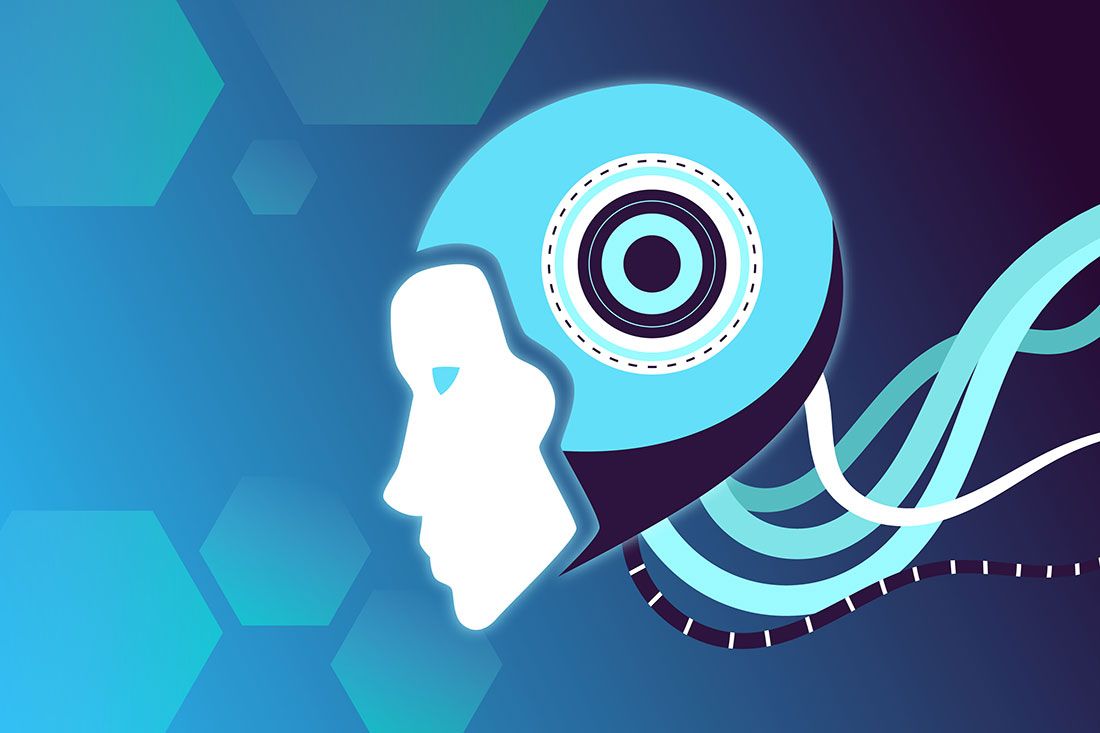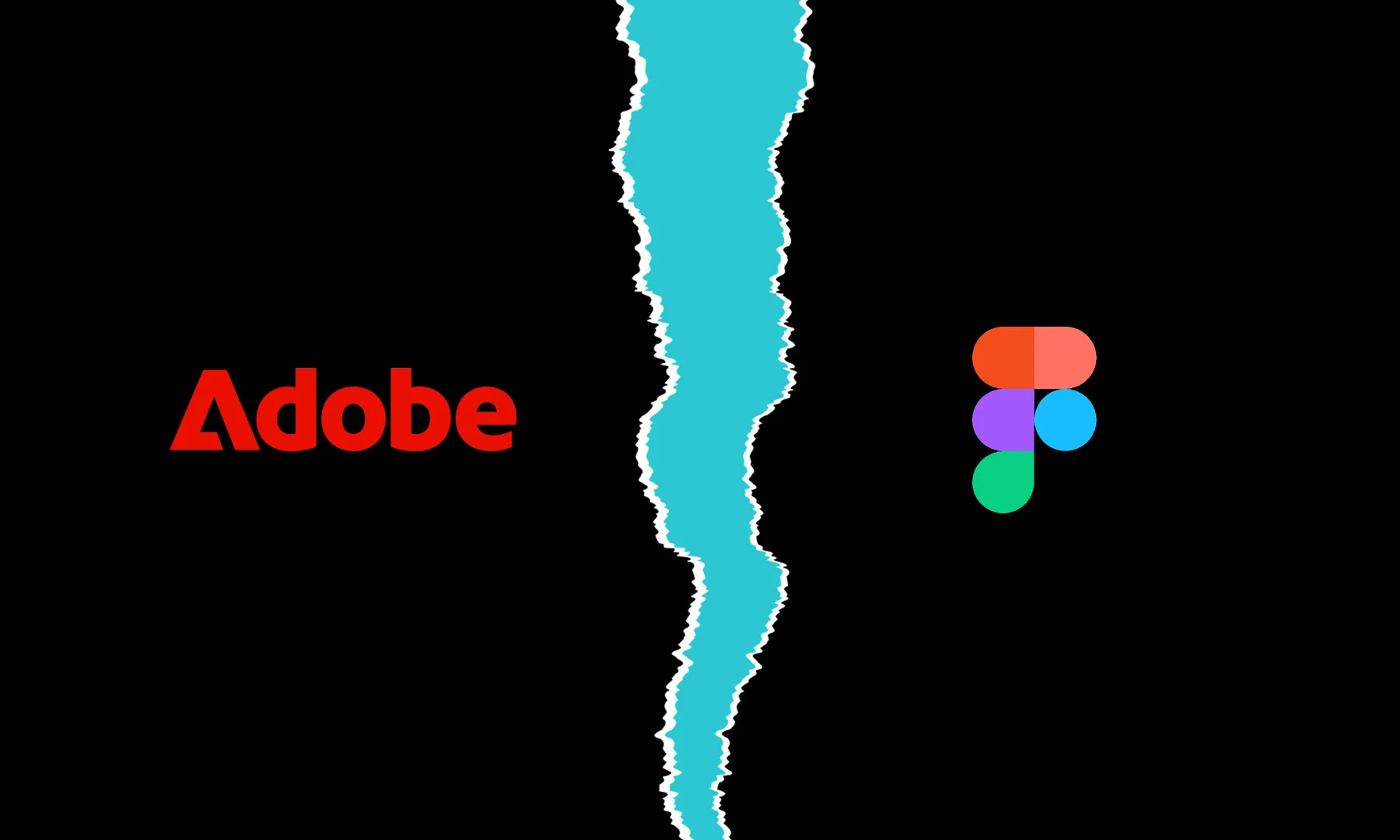In today’s world, AI – artificial intelligence, is often viewed as a potential threat to jobs and creativity. However, shifting our perspective and recognizing AI as a powerful capabilty that can significantly enhance the user experience (UX) is essential. As AI continues to advance, designers have a unique opportunity to harness its capabilities actively, using chatbots, machine learning, and other AI tools to create user-focused experiences that are intuitive, responsive, and personalized.
But as we integrate AI into our design processes, it’s a two-way street. Just as we shape AI, it also shapes us. AI promises to improve UX, but it also brings challenges and ethical considerations. Designers who embrace AI must ensure their creations prioritize user privacy, security, autonomy, and inclusivity.
Leveraging AI – Artificial Intelligence in Design
As a designer, I’ve personally experienced the transformative power of AI. It has become an indispensable companion, helping me overcome creative blocks, save time, and elevate the overall quality of my work. One remarkable benefit of AI in my work has been its ability to spark inspiration and eliminate writer’s block. AI-powered writing tools provide fresh ideas, structured outlines, and newfound inspiration, liberating me from creative constraints.
AI also excels at automating repetitive tasks, allowing me to focus on the strategic and creative aspects of my work. This boost in productivity and efficiency provides me with more time to explore the creative dimensions of UX design.
However, it’s crucial to remember that while AI is a valuable tool, it can’t replace human intuition and creativity. Despite this, my experience with AI has been overwhelmingly positive, pushing the boundaries of my creativity and enabling me to deliver innovative and impactful designs.
AI as an Enabler of Creativity
AI is often depicted as a threat to human creativity and job security. Nevertheless, it’s important to emphasize that AI doesn’t replace human creativity—it enhances it. Here are some ways in which designers can use AI as an indispensable tool in UX Design:
- User Research and Testing: AI streamlines data collection, analysis, and reporting, making user research and testing more efficient.
- Design Idea Generation: AI generates design ideas, from wireframes to visual designs based on user data, serving as a source of inspiration.
- Personalization: AI tailors user experiences based on individual preferences and habits, ensuring more personalized interfaces.
- Usability Analysis: AI identifies usability issues by tracking user interactions and streamlining interface improvements.
- Predictive Analytics: AI – artificial intelligence forecasts user behavior based on past interactions, aiding in more effective interface design.
- Design Automation: AI automates layout and typography tasks, freeing designers to focus on creative aspects.
- User Experience Monitoring: AI provides real-time insights into user behavior, guiding informed design decisions.
However, designers must strike a balance between relying on AI assistance and trusting their own instincts and creativity. AI’s effectiveness depends on the data it receives, and human empathy and emotional intelligence remain pivotal in UX design.
Benefits and Challenges of AI
AI offers substantial benefits but also presents challenges:
Benefits:
- Improved User Experience: AI enhances interfaces, making them more intuitive, personalized, and accessible.
- Time and Effort Savings: AI automates tasks, enabling designers to concentrate on creativity.
- Enhanced Interactivity: AI adds dynamic content to interfaces, enriching the user experience.
Challenges:
- Accessibility Challenges: Designing AI-powered interfaces for people with disabilities requires in-depth knowledge and thorough testing.
- Ethical and Unbiased Algorithms: Designers must address potential biases in AI algorithms to ensure fairness.
- Privacy Implications: AI often handles sensitive data, necessitating strong privacy safeguards.
Designers must carefully consider these factors to ensure that AI implementation in design is both effective and ethical. Furthermore, AI and UX design continue evolving, necessitating designers to stay updated on the latest trends and developments.
The Future of UX Design with AI – Artificial Intelligence
The horizon of AI – artificial intelligence in UX design holds promise, yet with an element of unpredictability. Potential applications of AI in UX design include:
Predictive Design: AI can analyze user data to predict interaction patterns, leading to more user-friendly interfaces.
Personalization at Scale: AI can facilitate large-scale interface personalization, delivering tailored experiences based on individual preferences.
Design Automation: AI will continue to automate more design tasks, reducing time and effort while amplifying human creativity.
Enhanced Accessibility: Advances in AI will simplify creating accessible interfaces, ensuring inclusivity in digital experiences.
Ethical Algorithms: Designers must maintain ethical AI algorithms to ensure equal access to digital experiences and prevent discrimination.
Enhanced Collaboration: AI will foster deeper collaboration between designers and stakeholders, providing valuable insights for informed decisions.
Augmented Reality: AI will play a pivotal role in the evolution of augmented reality interfaces, reshaping user interactions with digital content.
The future may be uncertain, but one thing is clear: AI will increasingly influence the shaping of digital experiences. Designers who embrace AI and adapt to its evolution will be well-positioned to harness its benefits, creating innovative and intuitive design concepts.
Final Thoughts
AI – artificial intelligence is not the enemy of UX design; it’s a versatile tool that enhances user experiences. As AI becomes integral to our lives, designers must use it effectively while prioritizing accessibility, ethics, and privacy. The future of UX design and AI is promising, but it requires proactive, adaptable, and lifelong learning by designers. By harnessing AI to enhance user experiences, designers have the power to shape not just the industry but the entire world for the better.









